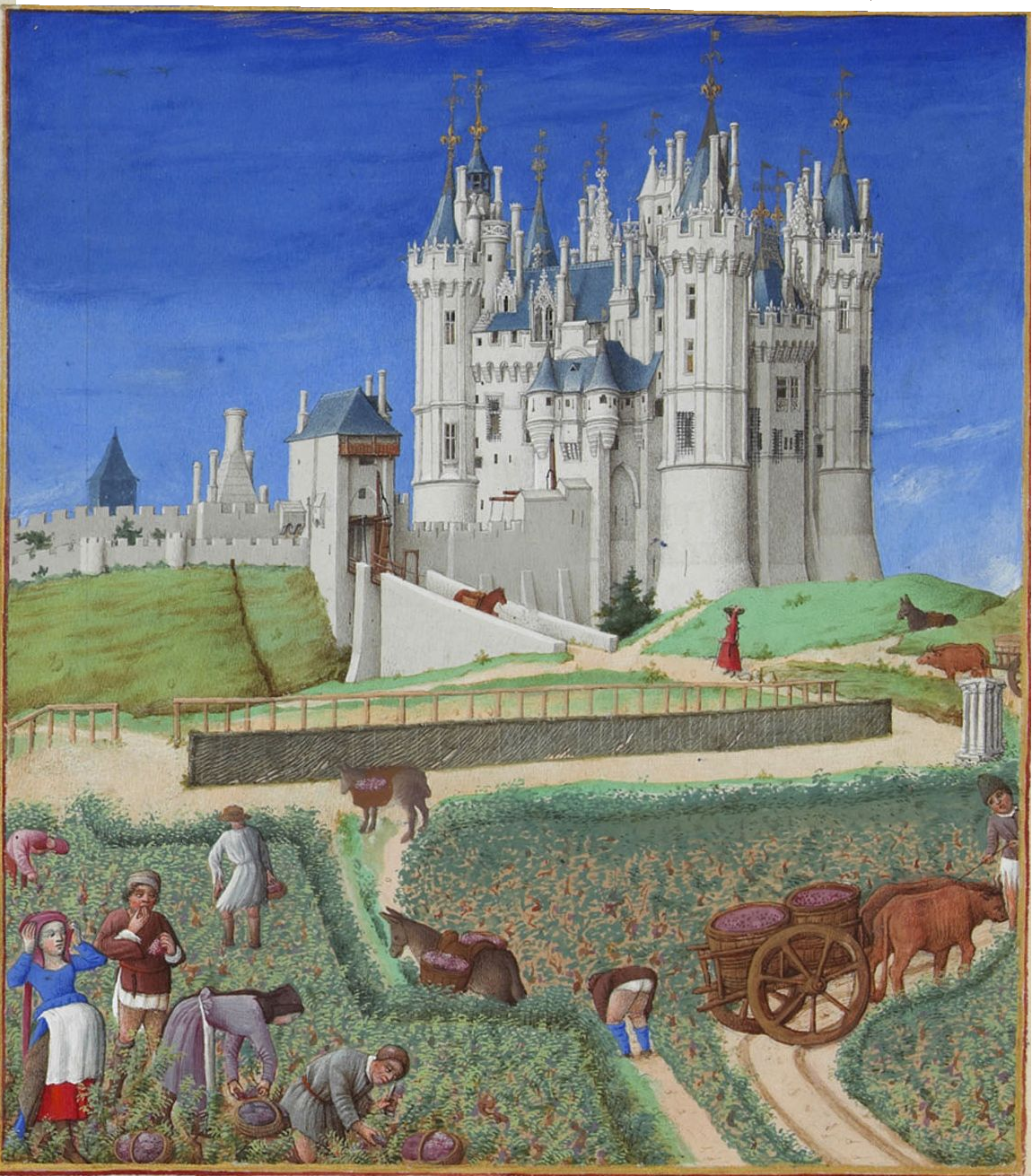
While peasants worked the land and in fact they were as farmers and shepherds. In the social hierarchy of Feudalism, warriors fought on behalf of their lords and as a result in battle and violent conflict they represented their lords and fought for them. In return and exchange, those human beings received protection and safety from the lord to which they promised and pledged loyalty. In the feudal political and economic system, human beings pledged and as a result solemnly and earnestly promised loyalty to a lord, who could have involved the role of a ruler or a powerful landholder and as a result a powerful aristocrat. All those negative situations, those problems and dilemmas which were present in the Western part of Europe together with the extreme challenges for the communities and the societies present in this part of Europe, initiated the rise of the economic and political system which historians analyze and refer to as "Feudalism."ġ. In fact, the communities and the societies who lived in Western Europe needed to protect themselves from conquest by the constant and continuous barbarians as well as neighboring kingdoms.

Conditions and situations of life weren't optimal or either human in Western Europe. Human beings in the Western geographical settlement of Europe worked as hard as they could with a lot of fatigue and strength simply to permit themselves a survival and the right of having nutrients to feed themselves and eat. After the Empire had collapsed throughout a tragic downfall, life was very dangerous and difficult in Western Europe. The Roman Empire had unified much of Europe for about five hundred years and as a result for half a millennium. Although soon after the fall of this incredible Empire, the first period of the Middle Ages evolved and began, throughout which also Feudalism developed. Though when it ventured through its downfall, the fall of the Empire could have been presumed. This was an unexpected event since the Roman Empire had occupied about one thousand one hundred years of antiquity with its incredible adventures, with its incredible power, prosperity, rule and dominance especially during the periods of the Roman Empire, who seemed unbeatable and everlasting to the eyes of many human beings. The Early Middle Ages began with one of the most unexpected and incredible events occurring, an event which signed part of the ancient history, the fall and the end of the mighty Roman Empire. At the end of this last period, the time periods known as the Middle Ages came to an end, supporting the saying, "Everything come to an end." And as a result, in total, the adventures and experiences which lived in the time periods of the Middle Ages lasted the incredible amount of time of about one thousand years.ġ. to 1450 C.E., as a result lasting for about one hundred fifty years. While the last period is analyzed or classified as the Late Middle Ages, which lasted from about 1300 C.E. to 1300 C.E., as a result lasting for about three hundred years. The second period is analyzed or classified as the High Middle Ages, which instead lasted from about 1000 C.E. to 1000 C.E., as a result living for about five hundred years. The first period is analyzed or classified as the Early Middle Ages, which lasted from about 476 C.E. Historians, and as a result human beings who study, analyze and research into the ancient periods of time, referred to as "history," divide the Middle Ages into three periods and sections.


 0 kommentar(er)
0 kommentar(er)
